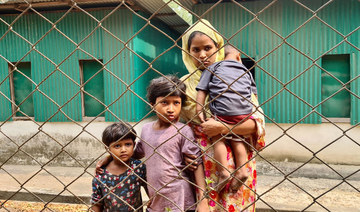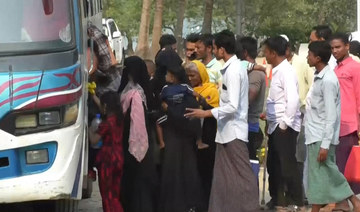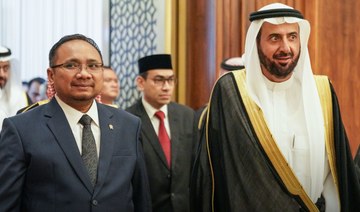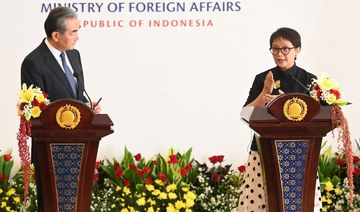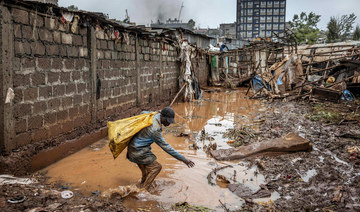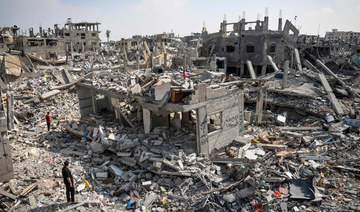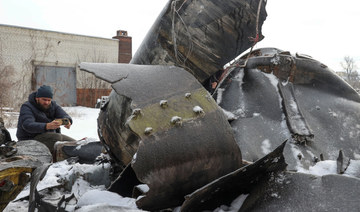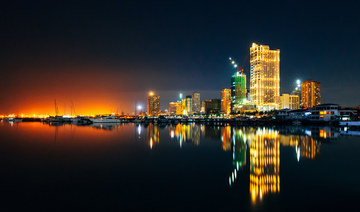DHAKA: Rohingya refugees said on Monday their citizenship and basic rights must be guaranteed before returning to Myanmar, as the first step of a potential repatriation got underway.
Around 1.2 million Rohingya people are living in squalid camps in the coastal district of Cox’s Bazar in Bangladesh, most of whom fled violence and persecution in neighboring Myanmar during a military crackdown in 2017.
A team from Myanmar arrived last week to verify Rohingya refugees in Bangladeshi camps for their potential return as part of a pilot repatriation project, which has been delayed for years.
Authorities were expecting 400 people to be cleared to return to their homeland, part of more than 1,100 listed as a potential first batch of returnees. The documents of the rest were already cleared by Myanmar authorities remotely.
“I am willing to return to Myanmar if we are guaranteed citizenship and other associated rights, like freedom of movement,” Abdur Rahman, an 18-year-old Rohingya refugee in Cox’s Bazar, told Arab News.
Myanmar does not recognize the Rohingya as an indigenous ethnic group. Most were rendered stateless under the country’s 1982 Citizenship Law and had been excluded from the 2014 census. Many in the Buddhist-majority country refer to members of the community as Bengalis, suggesting they belong in Bangladesh.
“Our houses were burnt down,” Rahman said. “Some of my relatives are still living in Rakhine, I talk with them almost every day. As they told me, the situation in Rakhine is far better now.”
Rakhine State, one of Myanmar’s poorest states, was at the center of the 2017 violence.
Though Rahman’s village is still deserted, his relatives told him that some public facilities, including schools and hospitals, in other areas have been rebuilt.
However, repatriation was still uncertain even with the ongoing verification process, a Bangladesh foreign ministry official, who wished to remain anonymous, told Arab News.
“At the moment, it’s difficult to specify any time frame in this regard. We can say that both parties are working to solve the problems,” the official said, adding that the Myanmar delegation was expected to conclude its mission on Tuesday.
For a long time, Myanmar authorities “were going very slow” in verifying Rohingya refugees, leading to an extended delay of the repatriation process, the official said, adding that Myanmar officials now appeared “a little bit more willing than before” to start the project.
However, the UN refugee agency (UNHCR) said conditions in Rakhine State were still “not conducive to the sustainable return of Rohingya refugees.”
In a statement, the UNHCR said it was “not involved in the discussions” of a potential return of the Rohingya people in Bangladesh to Myanmar, though it was aware of the bilateral repatriation project between the two countries, which was reportedly mediated by China.
“We reiterate that every refugee has a right to return to their home country based on an informed choice, but that no refugee should be forced to do so,” the UNHCR added.
Mohammed Nur, a 22-year-old Rohingya refugee living in Kutupalong camp, told Arab News that he wanted to go back to Myanmar.
“I am very much willing to return to my homeland,” he said. “But it cannot happen without the rights of citizenship in Myanmar.
“If our rights are ensured, I believe all of us would return to Myanmar, because a refugee’s life has no dignity.”




